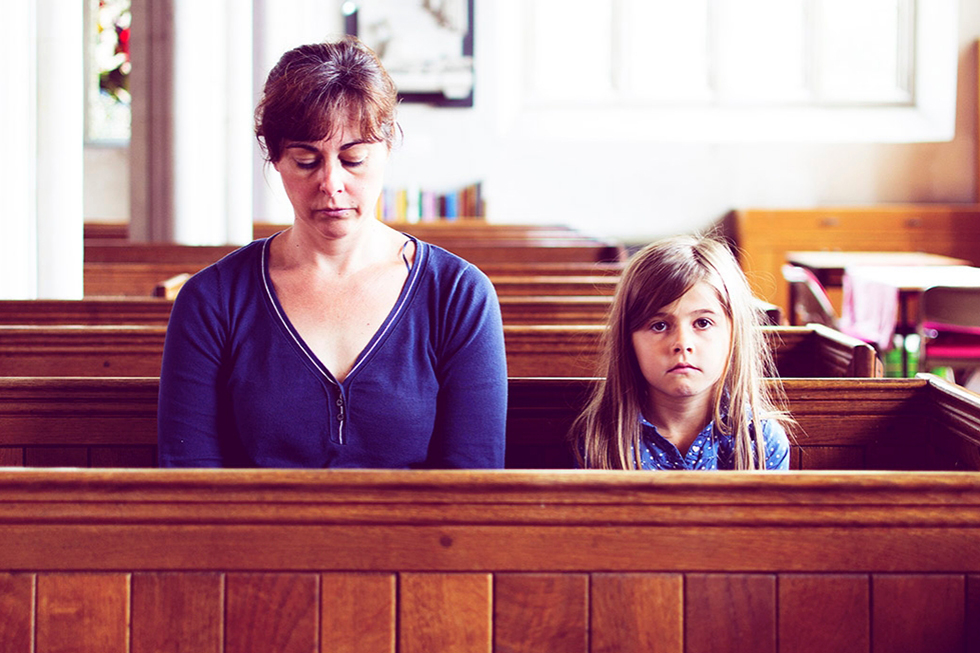
Helping Children Understand Funerals: Planning a Special Service For Children
Funerals are for the living, and the ritual is valuable in several ways. It is a time to say goodbye to a loved one and a time for family and friends to offer each other love and support. For these reasons, it is important to include bereaved children in this process. Most experts agree that children can attend funeral services at a young age. Since this may be their first experience with funerals, they must be prepared for what to expect, including what dead bodies look and feel like.
A children’s funeral is a special service planned for children affected by the loss of a loved one. This is a service that is shorter in duration and less formal than the “adult” service. A children’s funeral can be held in addition to the adult service. If the death is expected, it is easier to make arrangements for such a service because family members have more time to plan a special ritual for children that is scaled to their level of understanding. If the death is sudden, it is harder to organize and develop such a service. An aunt, neighbor, minister or friend can assist in planning under these circumstances.
Parents of invited children choose if their children will attend. Adults who have attended a children’s funeral often remark on what a rewarding experience it can be, and how the service stimulated discussion about death and grief among the participating children.
If possible, plan a funeral service that is scaled down to a child’s level of understanding and communication. The following guidelines may be helpful:
• Contact the funeral director, minister or rabbi to let him or her know of your plans, and to find out if he or she is willing to be involved.
• Find out if children are interested in such a service. It is okay if they are not, but try to determine the root of their hesitation. Usually, resistance is due to lack of information about what the service might involve. Invite questions and explain that they will be included in the planning of “their” service.
• Decide on the location of this service. It could be held at the funeral home, place of worship or other meaningful location.
• Plan who will be invited, and call the parents of these children; parents should accompany their young ones. Parents usually sit in the back, with children in a circle on the floor on pillows. A parent may want to take pictures, so decide in advance whether this is appropriate. Have tissues available, especially for the parents.
Plan the service with the children’s input. Ask what they would like to include, and use these examples to stimulate your own creativity:
• Music should be chosen by the children and geared toward their age level. It is good to have at least one song that all the children know.
• The selected readings might be favorite stories or memories of the person. Discuss them with the children ahead of time. Poetry is good to read, as well.
• Provide the children with markers, crayons, and paper, and invite them to draw a special memory that could be shared. These may be given to the bereaved family as a treasure.
• Small, inexpensive gifts, such as flowers, balloons, notes, snapshots, or artwork could be placed in the casket as a way of saying goodbye.
Have a caring adult available to answer questions from the children. This could be the person officiating the service, a grief counselor, neighbor, or friend. Choose someone who is comfortable talking to children about grief and death.
A half-hour before the service:
• Meet the children and their parents at a specified place.
• Introduce the children to adults that will attend the service, as well as to each other.
• Prepare the children for the service by telling them what is going to happen and what is expected of them.
• If the body will be present and visible, discuss what “dead” means and explain what a dead body looks and feels like.
• Since the service will be informal, invite the children to ask questions, and let them know they can look into the casket and touch the body if they want to.
Finish the service with a short reception and light refreshments. Ask the children to talk about how the service affected them. Have crayons and paper available; the children may want to draw or write about their experience.

